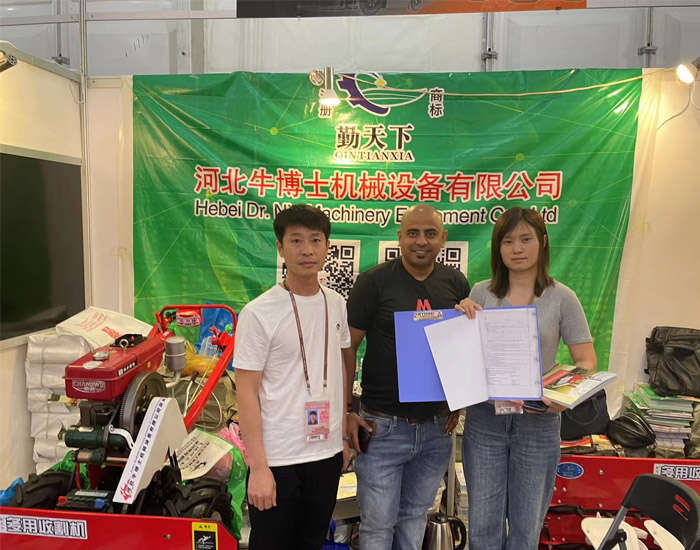Innovative Mechanical Rice Harvester Revolutionizing Agricultural Efficiency and Improving Harvesting Techniques
The Mechanical Rice Reaper Transforming Agricultural Practices
The agricultural landscape has evolved significantly over the centuries, shifting from manual labor to mechanization. One of the most revolutionary innovations in this evolution is the mechanical rice reaper. This remarkable machine has not only enhanced the efficiency of rice harvesting but has also transformed the livelihoods of countless farmers around the globe.
Historical Context
Historically, rice harvesting was a labor-intensive process, requiring large numbers of workers to cut, bundle, and transport the rice stalks under the sun’s relentless heat. Farmers relied on traditional methods such as sickles and hand tools, which limited productivity and often resulted in wasted crops due to weather conditions or delays in harvesting. The introduction of the mechanical rice reaper marked a turning point in agricultural practices, especially in rice-heavy regions such as Asia.
Mechanism and Functionality
A mechanical rice reaper is designed to streamline the harvesting process. The machine operates on a simple yet effective mechanism that cuts the rice stalks with sharp blades, which are powered by either an engine or a tractor. As it moves through the fields, the reaper efficiently collects and bundles the rice, allowing for a considerable reduction in labor time and effort. This mechanization not only ensures a quicker harvest but also minimizes the amount of rice lost to environmental factors.
Benefits to Farmers
The advantages of using a mechanical rice reaper are manifold. Firstly, it significantly reduces the time required to harvest rice; what once took days or weeks can now be accomplished in mere hours. This time efficiency allows farmers to plan their planting and harvesting schedules more effectively, enabling multiple cropping seasons in a year. Additionally, the physical strain on workers is alleviated, leading to improved safety and health outcomes for farmers.
mechanical rice reaper

Moreover, the mechanical rice reaper contributes to better crop yield management. With faster harvesting, rice is less likely to be affected by adverse weather conditions that can spoil standing crops. The precision of machine harvesting also leads to cleaner cuts, resulting in healthier rice plants and potentially higher quality yields.
Environmental Considerations
While the mechanical rice reaper presents numerous benefits, it is essential to consider its environmental impact. The use of fossil fuels in operating these machines can contribute to greenhouse gas emissions. However, advancements in technology are leading to the development of more eco-friendly machinery, including electric and hybrid models. Additionally, proper management of machinery can mitigate soil compaction, a common concern associated with heavy agricultural machinery.
Future Prospects
As we look to the future, the role of the mechanical rice reaper will likely become even more prominent, especially in the face of a growing global population and the increasing demand for food. Innovations in precision agriculture, including the use of drones and smart technology, can further enhance the efficiency and effectiveness of rice harvesting. The integration of artificial intelligence and data analytics may also allow farmers to optimize their operations and respond proactively to changing environmental conditions.
Conclusion
The mechanical rice reaper stands as a testament to human ingenuity in agriculture. By revolutionizing the harvesting process, it has improved efficiency, reduced labor, and enhanced crop management. As technology continues to advance, the future of rice harvesting looks promising, with sustainable and innovative solutions on the horizon. For farmers around the world, the mechanical rice reaper is not just a tool; it is a key to a more productive and sustainable agricultural future.
Latest news
-
When to Upgrade Your Old Forage HarvesterNewsJun.05,2025
-
One Forage Harvester for All Your NeedsNewsJun.05,2025
-
Mastering the Grass Reaper MachineNewsJun.05,2025
-
How Small Farms Make Full Use of Wheat ReaperNewsJun.05,2025
-
Harvesting Wheat the Easy Way: Use a Mini Tractor ReaperNewsJun.05,2025
-
Growing Demand for the Mini Tractor Reaper in AsiaNewsJun.05,2025







